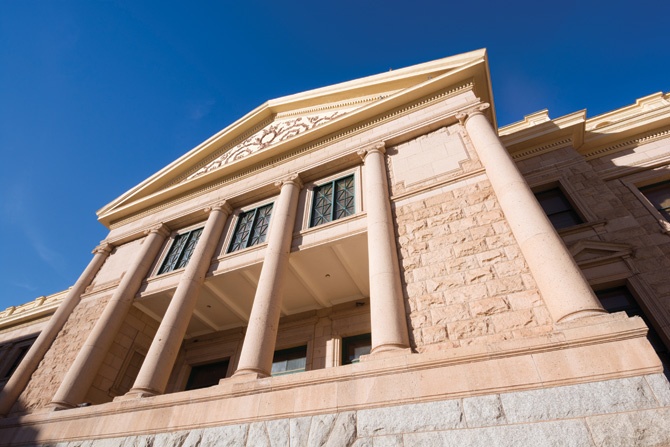The 2021 legislative session has been unlike any others in recent memory. For one, lingering effects of the pandemic have required new safety procedures and kept public participation mostly digital. Pent-up demand from the COVID-shortened 2020 session has led to a flurry of activity and a large number of budget requests. But what has truly defined this session so far has been the mountain of cash legislators have to play with and how they decide to spend, cut or save it.
Arizona’s economy never fully shut down due to COVID-19, and the resulting positive effects have been on full display this year. In January, the legislature’s budget arm predicted the fiscal year 2022 ending balance of 1.6 to $2 billion. This was largely due to increased federal stimulus and stronger-than-expected sales tax revenue, along with virtually no additional spending in last year’s budget. This was already welcome news after the fiscal fears of 2020, but the excitement was tempered by the mostly one-time nature of this surplus. However, the Arizona economy has continued to recover. With the passage of another huge federal stimulus package, the state’s fiscal picture has become perhaps the rosiest it has ever been. In April, the projected FY2022 ending balance was revised to almost $4 billion, with $1.2 billion available for ongoing spending.
These huge numbers have made the budget process exceedingly complicated. With one-vote margins in both the House and the Senate, every legislative Republican has veto power over the budget. While some legislators favor significant tax reform measures, others want to focus on spending priorities. A notable topic of conversation has been the size and scope of the budget’s tax package. With such a significant surplus, many legislators (and the Governor) want to take this opportunity to enact large-scale income tax reform. Legislative leadership has shopped proposals that would reduce income tax brackets to two or even one overall bracket. Another driving force behind these proposed income tax reductions is the desire to mitigate the economic impact of the Prop 208 surcharge that took effect this year. The challenge facing these proposals is their price tag — the cost of one proposal is $1.2 billion in the first year alone.
On top of this glut of state revenues, the federal government in March enacted the American Rescue Plan (ARP), which will result in $12.2 billion in funding to the state government. For context, Arizona’s entire appropriated budget is around $11.5 billion. How these dollars will be spent and how they supplant appropriated state monies remains to be seen. One piece of good news for tax reformers — in March, the U.S. Treasury issued guidance reminding states that, while they cannot use federal monies to cut taxes, nothing in the ARP prevents states from reducing their own revenues.
All this adds up to a unique and complicated session that has easily exceeded the constitutional 100-day limit. Whether the legislature is still in action once this goes to print is anyone’s guess, but as of day 114, the end is still likely weeks away.










